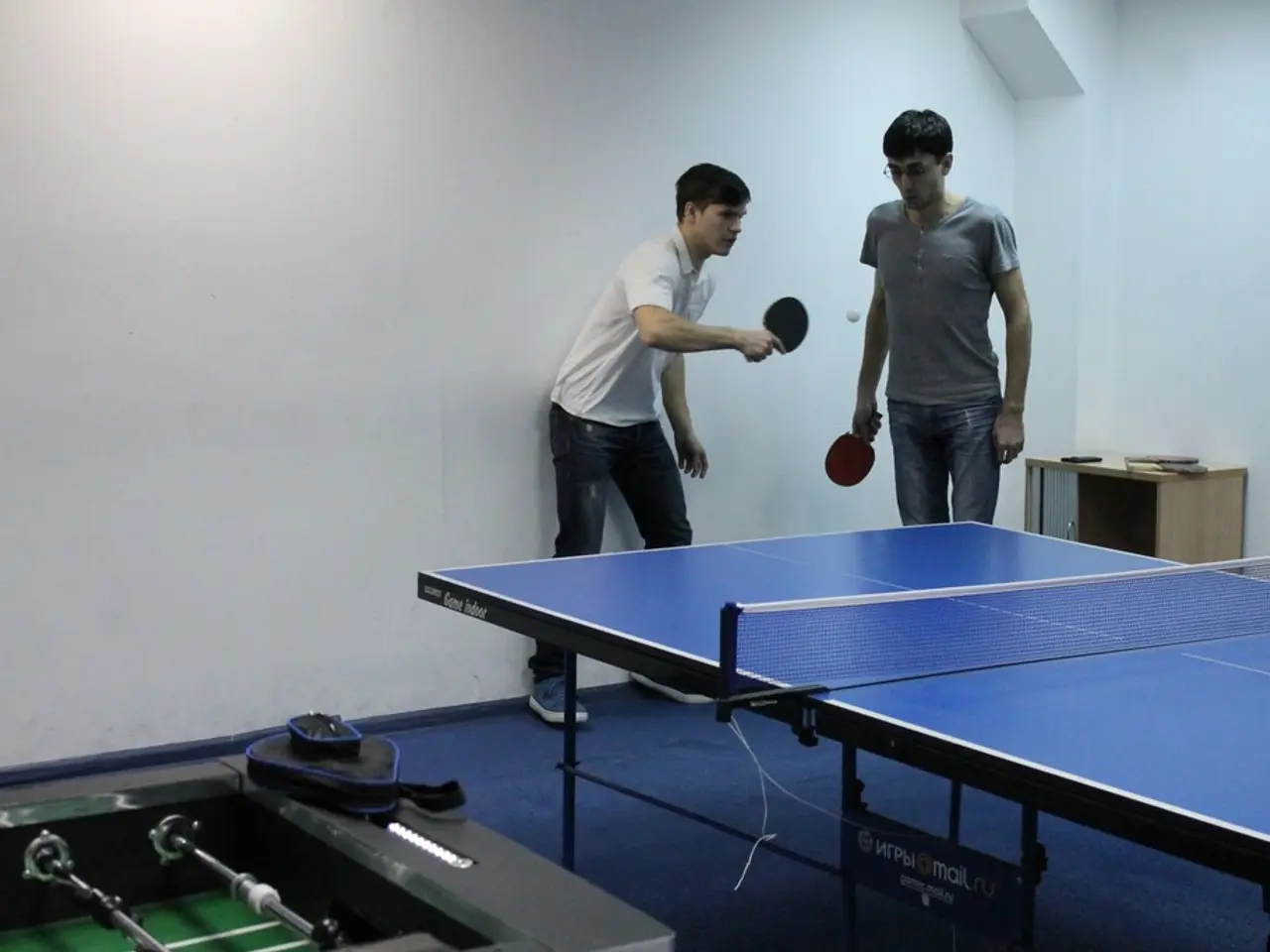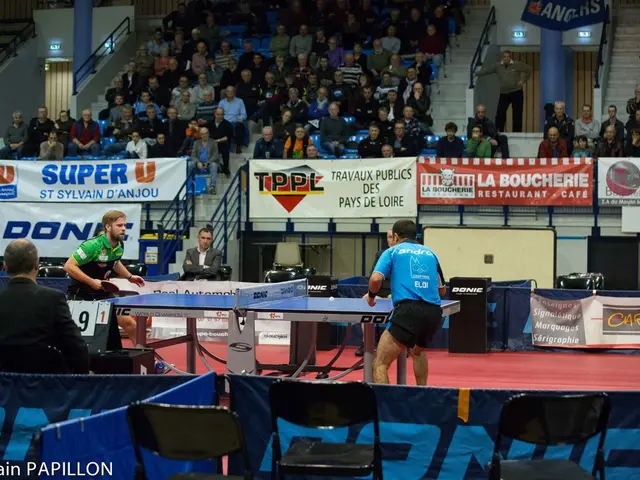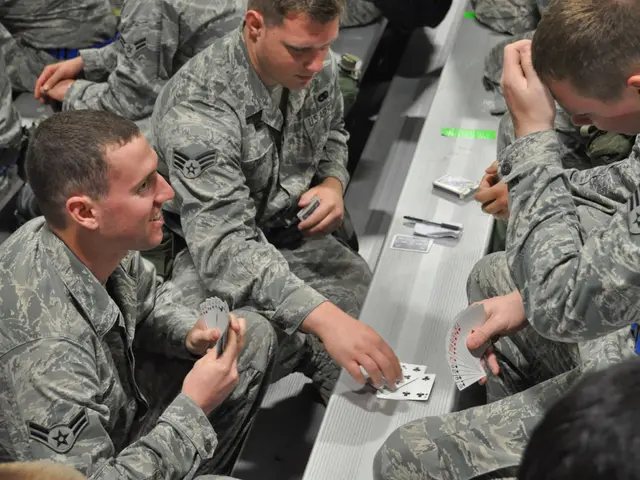Strategies for Poker Tournaments: Insider Advice for Enhancing Your Gameplay
In the thrilling world of poker tournaments, success hinges on a blend of technical skill, psychological insight, and adaptability. Here, we delve into key elements and advanced tips for bluffing, semi-bluffing, reading opponents, and identifying common tells in tournament settings.
**Bluffing and Semi-Bluffing**
Bluffing, the art of deceiving opponents into folding with a weaker hand, is most effective when you have a tight image or when your opponent is likely to fold. In tournaments, especially near the money bubble or final tables, many players become risk-averse, making them more susceptible to bluffs. However, it's crucial to avoid over-bluffing, particularly at Indian cash tables and in most low-mid stakes games, where players tend to call wide and fold less. Instead, value betting and selective semi-bluffing yield better results.
Semi-bluffs—betting or raising with a drawing hand—are often better than pure bluffs, especially in multiway pots where players are reluctant to fold. These hands have equity if called and can win by bluff or by improving. A key aspect is board coverage: choose bluffing spots where your range covers strong and weak holdings, making your bluffs more believable.
**Reading Opponents**
Identifying opponents' playing styles is crucial. Tight players fold often—steal their blinds. Loose players call wide—bluff them less. Passive players rarely raise—value bet them more. Aggressive players bluff more—trap them with strong hands.
Pay attention to opponents' betting patterns. Frequent small bets may indicate weakness, while large bets often signal strength or a desire to end the action. Timing and bet sizing can also offer clues about hand strength. Assign your opponent a likely range based on their position, stack size, and previous actions, and adapt your play accordingly to exploit their tendencies.
**Identifying Common Poker Tells**
In live tournaments, physical cues like shaking hands (often nerves and strong hands), quick glances at chips (anticipation), or changes in posture can reveal information. Online, tells are replaced by betting patterns and timing. Very quick calls or long pauses before a bet can indicate confidence, uncertainty, or the presence of a big decision. Sudden large bets often indicate a risky move or a desire to protect a strong but vulnerable hand.
**Tournament-Specific Strategies**
Independent Chip Model (ICM) play becomes crucial in late-stage tournaments. Fold more hands to avoid high-risk spots, especially against big stacks. Play small pots and apply pressure on smaller stacks. As a big stack, use ICM to pressure middling and small stacks—they will often fold to avoid busting before others.
Position awareness is vital. Use your position to control the size of the pot and extract maximum value. Play more aggressively in late position and tighter in early position. Preflop adjustments are necessary in multiway pots, where you should tighten your range to hands that perform well against multiple opponents. Limping with certain speculative hands can be profitable against over-limping opponents.
Postflop play requires continuation aggression with strong hands and draws, while checking weaker holdings to avoid bloating the pot out of position.
**Bankroll and Mental Game**
Manage your stack and bankroll to ensure you can survive variance and make optimal decisions without fear of busting. Stay calm and focused, especially in high-pressure situations like bubble play or heads-up battles. Avoid tilt and maintain discipline.
**In Conclusion**
By integrating these advanced strategies, you can increase your tournament edge and maximize your chances of deep runs and big wins. Remember, poker tournaments are a competition among players, with no house edge. Pay attention to pay jumps in tournament structures, and adapt your strategies as the tournament progresses. Good luck at the tables!
In the realm of poker tournaments, understanding the art of bluffing and semi-bluffing can lead to significant success. Bluffing, deceptively convincing opponents to fold with a weaker hand, works best when maintaining a tight image or targeting players who are more likely to fold, such as those close to the money bubble or at final tables where risk-aversion is common. Semi-bluffs, betting or raising with a drawing hand, offer better results than pure bluffs, especially in multiway pots, where players tend to be hesitant to fold.
Casino-and-gambling enthusiasts who enjoy casino-games online may find value in applying poker strategies like bluffing and reading opponents to increase their chances of winning games like Texas Hold'em, a popular casino poker variant.




